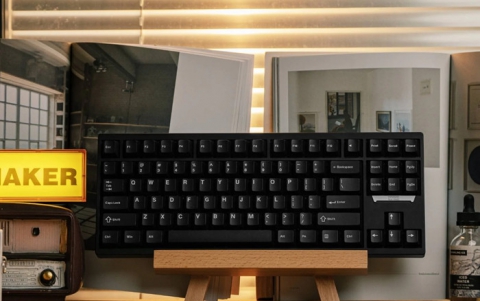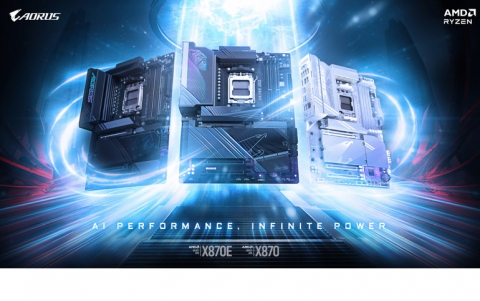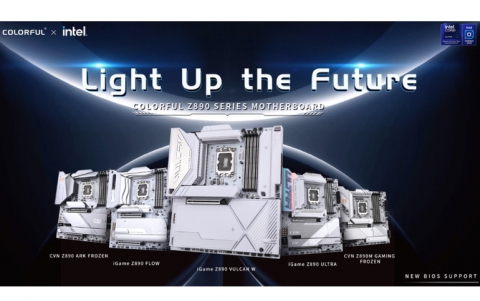Toshiba FlashAir III 32GB SDHC review
3. Using the FlashAir III 32GB SD card
Review Pages
Usability
You can connect to the Toshiba FlashAir III SD card through a device that supports Wifi, such as your smartphone PC, or your digital camera.
In case of a camera, switch it on with the the FlashAir SD Card inserted. In another Wireless LAN device like a PC/smartphone/TabletPC, enable Wireless LAN in the Wireless LAN configuration and connect to the FlashAir network. Start a web browser on the Wireless LAN device and input the http://flashair URL. There you can also set the SSDID and change the password. The default 12345678 and it' better to change it after the first use.
The one major difference between the FlashAir II and the new FlashAir III SD cards is the ability to open the memory card like a wifi network drive on your computer. After connecting to the FlashAir III you will see the SD card as a removable device on your PC. The image thumbnails loaded fast, although downloading an image took more than we expected to complete.
The mobile app is a key feature of the the FlashAir III . On iOS and Android devices, the pitch is that you can connect to the FlashAir III to have easy access to a list of thumbnails from which you can download the full image. Once you connect to the wifi network that the card creates, you can start transferring photos. The app is pretty easy to navigate. The thumbnails loaded fast but downloading an image took as long as 8-12 seconds to complete. The app also allows you to upload a picture on social networks (Facebook, twitter, etc).
Benchmarks
It's time to run some file transfer benchmarks with the Toshiba FlashAir III 32GB Wireless SD card. The card's class rating (10) is within a letter "C" on the label. The Class 10 rating ensures a 10MB/s minimum write speed. Generally, the speed classes are minimum requirements and SD card manufacturers can define constant minimum write speeds that are higher than the speed class designation of the SD card.
We tested the Toshiba FlashAir III 32GB SDHC Wifi Card using a Kingston MobileLite G3 memory card reader inserted to a computer's USB3.0 port.
H2Testw: This is the most popular software used to test memory products. The At this test FlashAir III 32GB gave a 17.4MB/sec speed for read and 10.4MB/sec for write, both sequential.

Compared with the performance of other the Class10 SD memory cards, the Toshiba FlashAir 32GB III SDHC was slower. The card was not faster than the FlashAIR II model, but still, it still performed according to its specs quoted by Toshiba:
H2Testw |
Reading (MB/s) |
Writing (MB/s) |
Kingston UltimateXX UHS-1 SDHC 32GB |
77.7 |
34.1 |
Kingston UltimateX SDHC Class 10 32GB |
31.3 |
14.1 |
Sandisk Extreme UHS-1 SDHC 32GB |
42.2 |
32.3 |
Toshiba FlashAir III 32GB SDHC Class 10 |
17.4 |
10.4 |
Toshiba FlashAir II 32GB SDHC Class 10 |
17.9 |
11.2 |
The CrystalDiskMark 3.0.2e x64 edition benchmark returned slightly higher figures. The average speed during reading was 19.MB/sec while writing was 12.85 MB/sec. However the 4K/QD32 performance was poor:


| CrystalDiskMark | Sequential Read | Sequential Write |
| Kingston UltimateX 32GB SDHC Class 10 | 20.12MB/sec | 14.47 MB/sec |
| Kingston UltimateXX 32GB SDHC | 89.29 MB/sec | 47.73 MB/sec |
| Toshiba FlashAir II SDHC 32GB Class 10 | 19.08 MB/sec | 12.80 MB/sec |
| Toshiba FlashAir III SDHC 32GB Class 10 | 19 MB/sec | 12.85 MB/s |
| Sandisk Extreme UHS-1 SDHC 32GB | 20.62 MB/sec | 19.86 MB/sec |
Review Pages





















